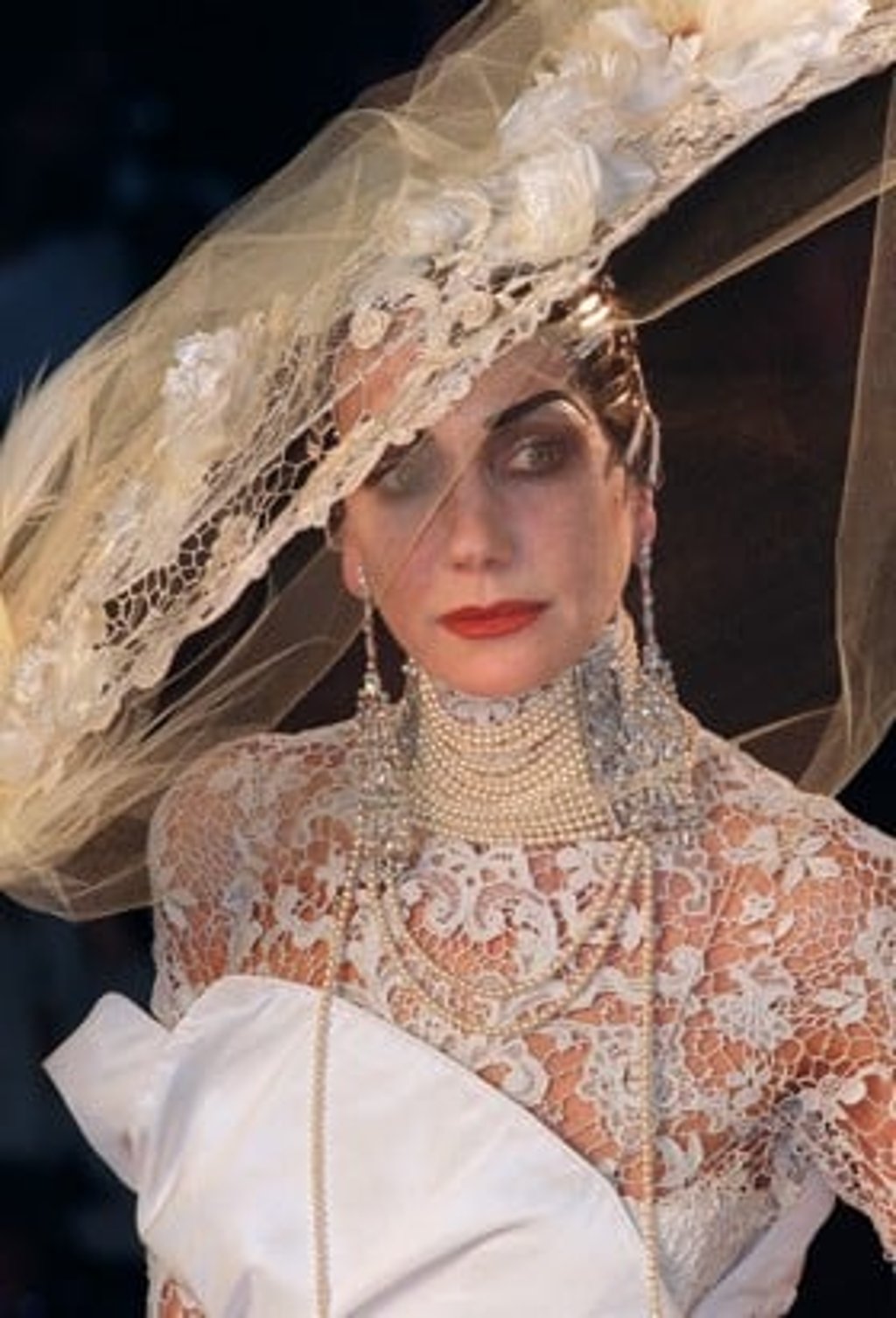Obsessed with lace: Central Weddings’ Yolanda Choy-Tang shares her treasured pieces
Central Weddings founder Yolanda Choy-Tang tells us how she developed an obsession with lace, and keeps us up-to-date with the latest trends in bridal gowns
We all have a penchant for something, and perhaps a not-so-secret collection of treasured items. For Central Weddings founder Yolanda Choy-Tang, it’s lace. When STYLE met with Choy-Tang in her Central boutique, she gave us a history lesson on the use of lace in wedding gowns, revealing the trend’s Western roots.
“The first time lace was ever used in a wedding gown was by Queen Victoria, when she got married to Prince Albert in Germany in the 1840s,” she explains. “It took over a hundred workers six months to produce this beautiful lace bridal gown.
“These days, most of the lace is machine-made, and so a handmade lace gown is very rare. That’s why people like to rummage through their grandmother’s closets or go to vintage markets to hunt down handmade lace. It’s rare, highly protected and valuable.”
STYLE sat down with Choy-Tang to find out more about bridal trends and her personal collection of lace gowns.
Do you remember when you first encountered lace, and when your love of it began?
The first time I encountered lace was in junior high school, when coloured lace was a popular feature in prom dresses. I wasn’t yet exposed to beautiful or fine lace. But the first time I thought ‘Wow, this is just stunning’ was when I discovered John Galliano while working with Dior. His gowns had beautiful lace, trimmed with gold. The way it draped over silk was just incredible.


Lace has changed in the way it has been made over time. The most famous lace used to be Chantilly lace, and you can’t really say it’s Chantilly unless it comes from Chantilly, France, but everyone has copied it. These days, most lace is manufactured by machine rather than by hand. And the lace has changed a lot. There is a lot of thicker lace, where they use fabricated cords. There’s also laser-cut lace; there’s also lace where they include metallic finishing, which gives it a more stunning and beautiful touch. My personal favourite is when a silver or gold metallic lace is layered on top of another, softer lace, which gives it a 3D [effect].